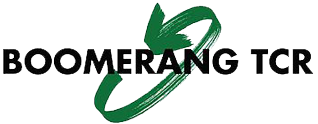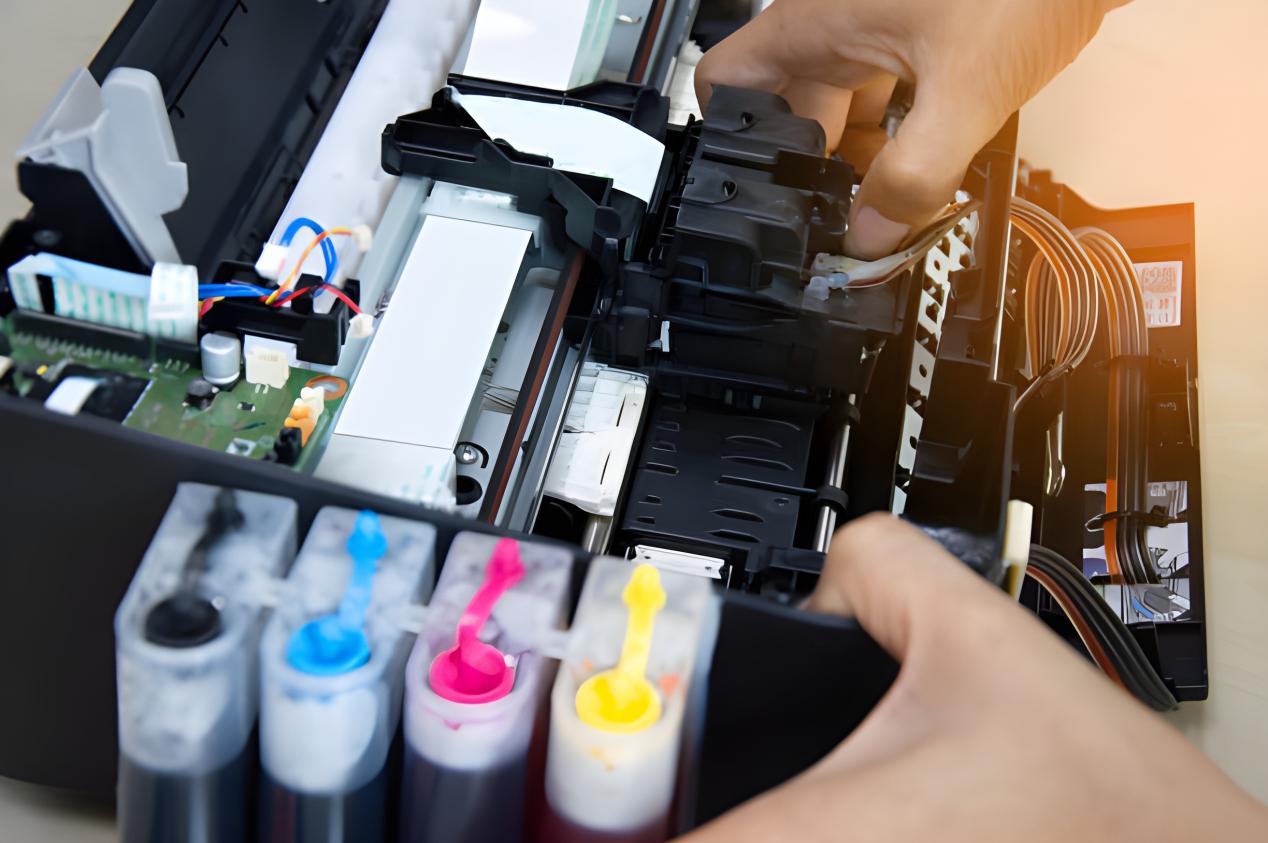Ink and toner printers may serve the same purpose, yet their upkeep demands differ greatly. Factors such as servicing schedules, clogging risks, and waste generation influence their performance over time. Boomerang TCR Qld emphasises the importance of understanding these differences to avoid costly disruptions. By aligning maintenance practices with printer type, businesses can extend equipment lifespan, maintain print quality, and manage operational costs with greater efficiency.
Key Takeaways
- Ink printers are more prone to clogging and require frequent cleaning.
- Toner printers demand fewer cleanings but need periodic internal servicing.
- Proper storage of consumables extends printhead and drum life.
- Servicing schedules vary depending on usage volume.
- Preventive care reduces waste and costly breakdowns.
Inkjet Printers: Long-Term Servicing Needs and Risks
Inkjet printers are commonly used for home and office printing because of their ability to produce high-quality prints with rich colours. They work by spraying liquid ink through tiny nozzles onto paper. While inkjet printers are known for their impressive photo and colour printing capabilities, they require more attention over time, particularly in terms of maintenance.
1. Clogging and Ink Dried in the Printhead
One of the most common maintenance issues with inkjet printers is clogged printheads. Since inkjet printers use liquid ink, over time, especially if the printer is left idle for extended periods, the ink can dry out in the printhead. This can result in inconsistent or poor-quality prints, with some areas missing or streaked.
- Risk of Clogging: Inkjet printers are particularly vulnerable to clogging when the ink cartridges are nearing empty or if they’ve been unused for a long time. The tiny nozzles in the printhead can easily become obstructed by dried ink, resulting in costly repairs or replacements if left unchecked.
- Cleaning the Printhead: Many inkjet printers have a built-in self-cleaning function that helps prevent clogs by running cleaning cycles that flush ink through the printhead. However, these cleaning cycles use up ink and can lead to waste if overdone. If the printhead is severely clogged, a more intensive manual cleaning process is needed, which can be time-consuming and may not always resolve the issue.
2. Ink Waste and Cost
Inkjet printers are notorious for their ink waste, especially if the printer is used infrequently. Because ink can dry up or clog when the printer is idle, owners often waste ink during cleaning cycles and printhead maintenance. In addition, many ink cartridges have a relatively short lifespan compared to toner cartridges, meaning they need to be replaced more often.
- Ink Waste: Over time, this can lead to significant waste, particularly if you frequently run the printer’s self-cleaning function or print in small bursts. This waste isn’t just inconvenient but also impacts the cost of operation.
- Refills and Replacement: Ink cartridges can be expensive, especially for high-quality photo prints or for printers that require multiple ink colours. Some users opt for third-party refills, but these can sometimes cause issues such as clogging or poor print quality, leading to further maintenance challenges.
3. Long-Term Servicing Needs
Regular servicing of an inkjet printer typically involves:
- Cleaning the printhead
- Replacing ink cartridges when they’re low
- Checking for dried or clogged nozzles
- Updating printer drivers and software
- Keeping the printer free from dust and debris
While these tasks are manageable, neglecting them can lead to long-term problems like printhead damage, poor print quality, or even complete printer failure.
Toner Printers (Laser Printers): Long-Term Servicing Needs and Risks
Toner printers, or laser printers, are typically used in office environments where high-volume printing is required. They use toner powder (a fine dry powder) rather than liquid ink, which is fused to the paper using heat. Laser printers are often praised for their speed, cost efficiency, and long-term durability, but they still have unique maintenance needs and risks.
1. Risk of Toner Powder Spillage and Waste
One of the risks of using toner printers is the potential for toner spillage, which can cause a mess or lead to wastage. Toner cartridges, though less prone to drying out than ink cartridges, can still cause problems if not handled correctly. For instance, if toner cartridges are removed or replaced improperly, toner powder can spill, leading to waste and potential damage to the printer.
- Waste from Excessive Printing: Laser printers can also create a lot of waste over time. When printing large volumes of documents, the excess toner may be used inefficiently, particularly if the printer is not calibrated correctly.
- Toner Cartridge Replacement: While toner cartridges tend to last longer than ink cartridges, when they do need to be replaced, they can be more expensive. Additionally, the toner drum (a component that works in conjunction with the cartridge) may also need periodic replacement, adding to the cost.
2. Risk of Fuser Unit Wear
The fuser unit in a laser printer is responsible for bonding the toner powder to the paper using heat. Over time, the fuser unit can become worn or damaged, especially with high-volume use. A worn-out fuser can result in print quality issues such as faded or smudged prints.
- Maintenance: Replacing the fuser unit is an important part of long-term servicing, but it can be expensive. Depending on the model, the fuser may last between 50,000 to 100,000 pages, after which it will need to be replaced.
- Risks of Delayed Maintenance: Neglecting to replace a worn fuser unit can result in poor-quality prints, toner smudging, or even internal printer damage.
3. Regular Maintenance for Laser Printers
Maintenance for toner printers generally focuses on:
- Replacing toner cartridges and the fuser unit
- Keeping the printer’s interior free from toner spills and debris
- Cleaning the toner drum to prevent poor print quality
- Monitoring the paper path to ensure smooth paper feed
- Regularly updating printer firmware
While toner printers are generally more durable than inkjet printers, they still require regular attention to ensure they’re operating efficiently and producing high-quality prints.
Key Maintenance Differences: Ink vs. Toner
When comparing long-term servicing needs and risks, there are several key differences between inkjet and toner printers.
- Clogging: Inkjet printers are more prone to clogging, especially if they’re not used frequently, due to the liquid ink drying out in the printhead. In contrast, toner printers use dry powder, which is less likely to cause clogging, although toner spills and misfeeds can still occur.
- Waste: Inkjet printers tend to generate more waste, especially through cleaning cycles and ink drying out. On the other hand, while toner printers don’t suffer from the same drying issues, they can still waste toner, particularly if they’re used inefficiently.
- Cost of Servicing: While ink cartridges are generally cheaper than toner cartridges, the maintenance costs for inkjet printers can add up over time, particularly due to ink wastage, frequent cartridge replacements, and the potential need for printhead repairs. Toner printers typically have lower ongoing maintenance costs due to the longevity of toner cartridges and fewer clogging issues, though they may require occasional drum or fuser replacements, which can be expensive.
- Durability: Toner printers are generally more durable and require less frequent servicing than inkjet printers. While inkjet printers may require more attention due to their susceptibility to clogging and ink waste, toner printers can last longer without significant performance degradation.
How to Extend Your Printer’s Lifespan
Maximising printer lifespan starts with consistent care to ensure reliability and print quality while following the correct printing instruction:
- Use the right paper to prevent jams and roller wear.
- Store consumables at room temperature.
- Keep firmware updated for optimal performance.
Schedule periodic professional servicing with Boomerang TCR Qld to identify wear before it causes downtime.
Why Maintenance Matters for Your Bottom Line
Downtime, emergency repairs, and wasted consumables cut into productivity and profits. Routine maintenance not only safeguards output quality but also ensures your printer investment delivers maximum value over its life.
Whether you choose ink or toner, your servicing plan should match your printing habits and environment. At Boomerang TCR Qld, we provide tailored printer repair service that keep your devices running smoothly.
Conclusion
Choosing between ink and toner is only part of the equation, maintaining your printer is the real key to longevity and efficiency. Ink printers need regular use and cleaning to avoid clogging and waste, while toner printers require less frequent but more technical servicing. If you want a maintenance plan designed for your business, contact us today. We’ll help you extend the life of your printers and reduce the risks that lead to costly downtime.
FAQs:
Which printer type is more reliable in the long term?
Toner printers generally last longer with fewer maintenance cycles, but proper servicing is essential for both types.
How can I prevent ink printer clogs?
Print regularly, store cartridges properly, and use genuine ink to reduce nozzle blockages.
Do toner printers ever clog?
No, but they can suffer from dust accumulation and component wear that requires servicing.
Which printer is more cost-effective to maintain?
Toner printers often have lower running costs for high-volume printing, while ink printers may be cheaper for low-volume, high-quality prints.
Can old toner or ink damage my printer?
Yes. Expired consumables can cause print quality issues and internal wear.
How often should I book a professional service?
Ink printers may need attention every few months, while toner printers can often go 6–12 months between services, depending on usage.

